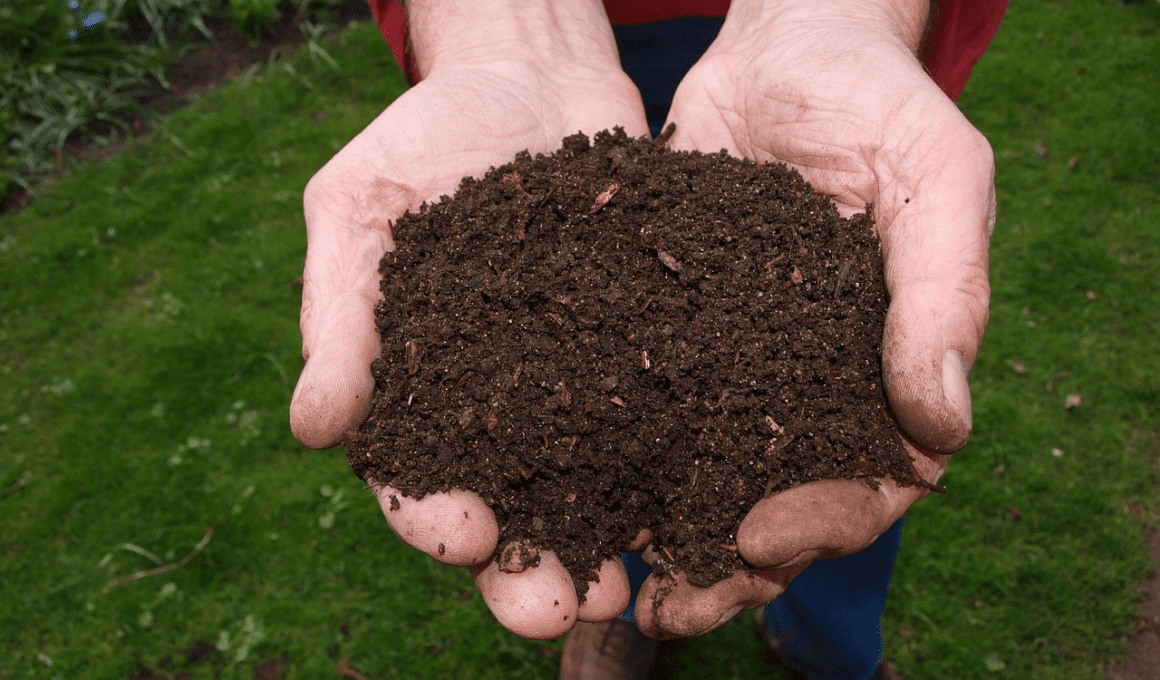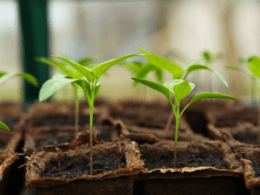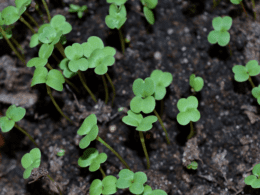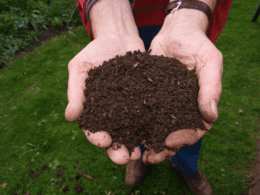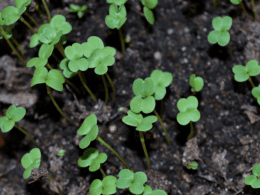Are you looking for a quick and easy way to improve your garden’s soil quality while reducing waste? Look no further than your own backyard!
By composting your grass clippings, you can fast-track the process and create nutrient-rich soil that will benefit your plants and the environment.
Not only is composting with grass clippings beneficial for your garden, but it’s also a great way to recycle a resource that would otherwise end up in a landfill.
Plus, with the right methods and tips, you can achieve successful composting in no time.
So, if you want to save money and reduce your carbon footprint while improving your garden, keep reading to learn how to fast-track your compost with grass clippings!
Quick Takeaways
- Composting grass clippings is a sustainable and cost-effective way to recycle a resource that would otherwise end up in a landfill.
- Mixing grass clippings with brown materials, adding water regularly, and troubleshooting slow decomposition and foul odor are essential for successful composting.
- Composted grass clippings can improve soil health, increase water retention, and reduce the need for chemical fertilizers and water.
- Keeping the compost covered and avoiding adding meat, dairy, and oily foods can prevent nutrient leaching, mildew growth, and pests.
Can I Use Earthworms Instead of Compost Worms for Fast-Tracking Compost?
When considering a compost worms vs earthworms comparison, it’s important to note that while both types of worms contribute to composting, they differ in their efficiency. Compost worms, like red wigglers, are specifically suited for faster decomposition of organic waste. Earthworms, on the other hand, primarily improve soil structure. To fast-track compost production, it’s recommended to use compost worms as they excel in breaking down organic matter swiftly.
Benefits of Composting Grass Clippings
You can enjoy the benefits of reducing stress on landfills, improving soil quality, and saving time by composting your grass clippings.
By recycling your grass clippings, you’re reducing the waste that goes to landfills, which take up 20% of available space. Instead, the minerals in the grass are added back to the land, improving soil quality and reducing the need for chemical fertilizers. This saves you time and improves the health of your grass, while increasing water retention and reducing the need for water.
Improving soil is essential for successful gardening, and composting grass clippings is a great way to do it. Composting also saves you money and provides an endless supply of free compost. By recycling your grass clippings, you’re taking a step towards sustainability and reducing your carbon footprint.
Composting is an easy way to help the environment while reaping the benefits of a healthy lawn and garden.
Methods of Recycling
Mixing with brown materials can speed up the composting process and improve the quality of the final product. Brown materials, like leaves, twigs, and shredded paper, provide carbon to balance out the nitrogen-rich grass clippings. Without enough carbon, the pile can become slimy and smelly.
By mixing in brown materials, the pile will heat up faster and decompose more efficiently. Mulching techniques can also improve soil health. By layering grass clippings as a thin mulch over bare soil, you can retain moisture, reduce weed growth, and add nutrients back to the soil.
As the grass clippings decompose, they release nitrogen and other minerals into the soil. This can help improve the overall health and fertility of your plants. By using grass clippings as a mulch, you can reduce the need for chemical fertilizers and save water, while improving the quality of your soil.
Tips for Successful Composting
To increase the efficiency of your compost pile, it’s important to add carbon-based materials and water regularly. Carbon-based materials, also known as "browns," are important because they provide the energy needed for microbes to break down the nitrogen-rich "greens" such as grass clippings. Without enough carbon, your compost will break down slowly, or not at all. In addition to adding browns, you should also water your compost pile regularly to keep the microbes healthy. If the pile is too dry, decomposition will slow down, and if it’s too wet, the pile can become anaerobic, which can lead to unpleasant odors.
To maximize nutrient retention in your compost, it’s important to troubleshoot any problems that may arise. Use the table below to help identify and solve common composting issues. Additionally, remember to turn your compost pile every few days to speed up the process. Composted grass clippings can be used in planter beds, vegetable gardens, flower containers, and indoor plants. Be sure to keep the compost covered to prevent nutrient leaching and to prevent mildew growth by keeping the layer of grass-clipping mulch thin. With these tips, you’ll be able to create a healthy, nutrient-rich compost in no time.
| Issue | Solution | |||
|---|---|---|---|---|
| Slow decomposition | Add more carbon-based (brown) materials | |||
| Foul odor | Turn the pile more frequently and add more brown materials | |||
| Too dry | Water the pile more frequently | |||
| Too wet | Add more browns and turn the pile to increase aeration | Unpleasant pests | Avoid adding meat, dairy, and oily foods to the pile |
Frequently Asked Questions
Are there any types of grass that should not be composted?
Avoid composting types of grass that have been treated with herbicides or pesticides, as they can harm the microorganisms needed for composting. Grass clippings can also be used for weed control when applied as a thick layer.
Can grass clippings be used as a top dressing for lawns?
Yes, using grass clippings as a top dressing for lawns has benefits like retaining moisture, improving soil quality, and suppressing weeds. You should top dress with grass clippings every few weeks during the growing season.
How can you tell if your compost pile is too wet or too dry?
Compost moisture management is crucial for healthy decomposition. Signs of imbalance include foul odors, slow decomposition, and excessive heat. Tips for adjusting compost moisture levels include adding dry materials or watering sparingly.
Can grass clippings be mixed with other types of yard waste, such as leaves and branches?
Mixing grass clippings with other yard waste like leaves and branches is a great way to compost in small spaces. Grass clipping alternatives include adding shredded newspaper or cardboard to the pile to balance the carbon and nitrogen levels.
What is the best way to store compost until it is ready to use?
To store compost until it’s ready to use, choose from several compost storage options. Proper composting techniques are important to ensure safe, nutrient-rich compost. Keep it in a covered container or pile, away from pests and extreme weather.





